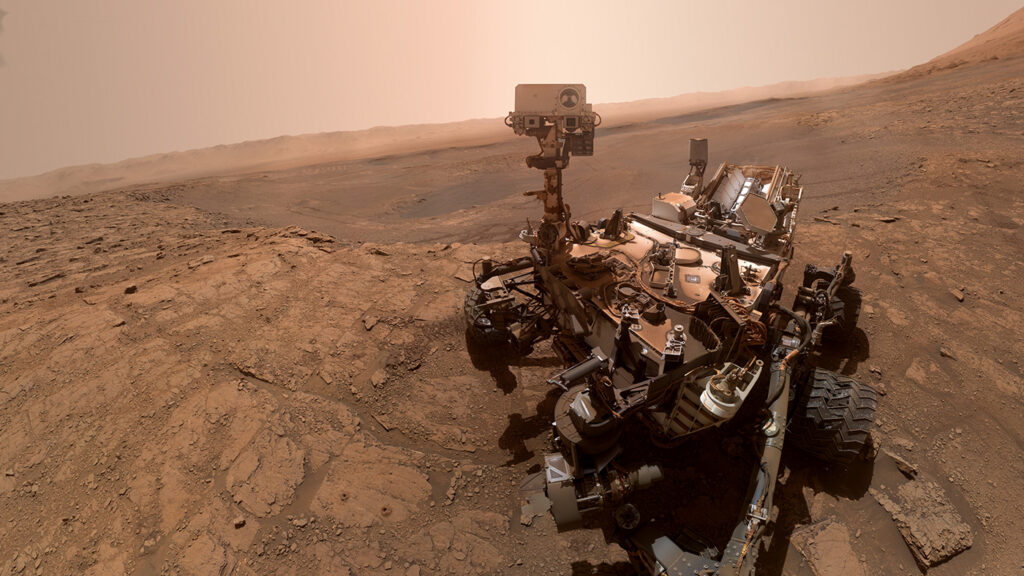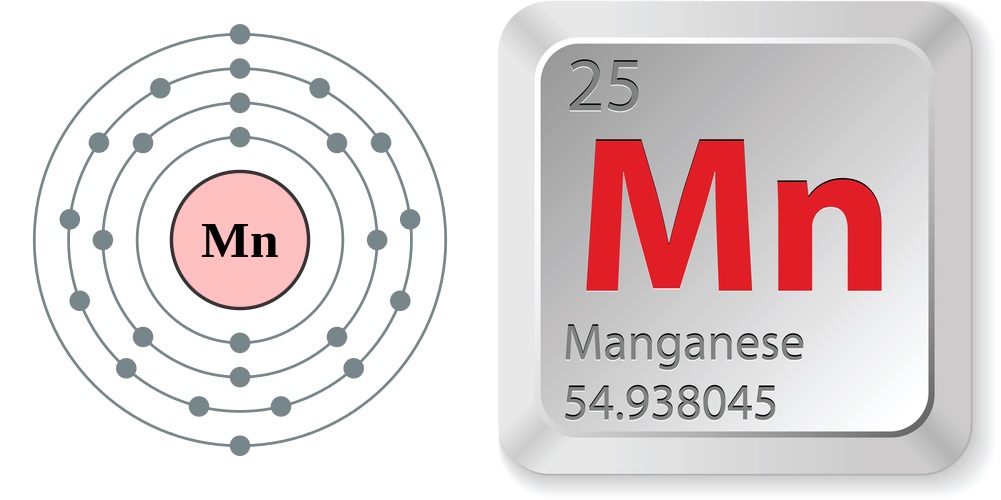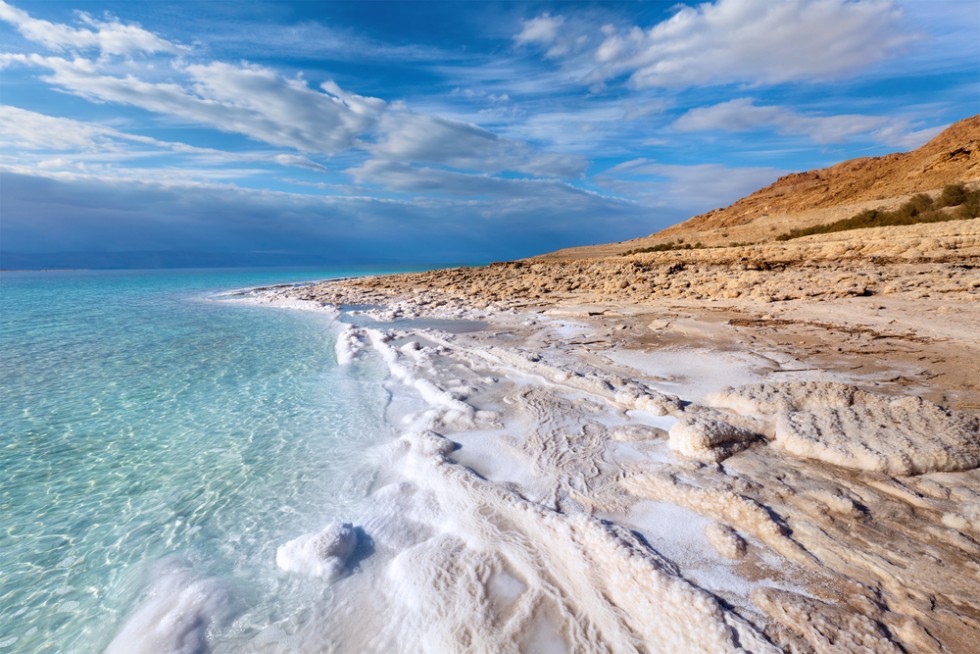Oxygen on Mars? Don’t hold your breath.
Sarah Treadwell – BMSIS Science Writer
Astrobiology asks three fundamental questions: How does life begin, could there be life beyond Earth and, if so, how can we detect it? For decades, NASA’s sights have been set towards Mars for answers. Previous research presented evidence of an oxygen-rich atmosphere in its ancient past; however a new paper released challenges this. A study from researchers at Washington University suggests that we may need to look for signs of life with a new perspective.
In 2014, NASA’s Curiosity Rover discovered high levels of manganese oxides in Martian rocks using a laser-firing instrumentation on the rover. On Earth, manganese oxides form from minerals when in the presence of atmospheric oxygen or microbes. It’s also thought that Mars’ characteristic red rust color comes from iron oxidizing in a relatively mild oxygen environment.

The discovery of these manganese oxides, which require significantly higher levels of oxygen than needed for the rusty iron oxidation reaction, had scientists wondering whether perhaps there was even more oxygen in the early Martian atmosphere than previously thought.
There have been reasonable alternative explanations how Mars got its famous red color without oxygen. However, based on what we understand about how they form on Earth, there has been no way to explain the presence of manganese oxide without the presence of oxygen. Until now.

A new study from researchers at Washington University in St. Louis showed that by using chlorate and bromide — halogen elements found on Mars in large amounts — they could create manganese oxidation reactions without oxygen under simulated ancient Mars conditions. These reactions occurred significantly faster than compared to oxygen exposure.
Even further, they found that under these simulated conditions, oxygen couldn’t produce manganese oxides at all. The team behind this research, published on December 22 in Nature Geoscience, found their inspiration from reactions that occurred during the chlorination of drinking water.
“The paper on bromate species on Mars which came out in 2018 was actually the light bulb moment,” says Kaushik Mitra, first author on the study and a current postdoctoral research associate at Stony Brook University. “Bromate can oxidize manganese and this was known for some time now, but bromate stability on Mars was new”.

This, however, does not rule out searching for past signs of life on Mars. We know of plenty of life forms on Earth that do not need oxygen to survive. In fact, there is life that thrives here in similar Mars-like halogen rich environments.
Called “extremophiles” due to the intense harsh conditions of where they live, we have found these hardy life forms in the most inhospitable places, such as the Dead Sea. If life can find a way to survive in extreme places here, there is certainly a chance it once may have happened on places like ancient Mars.

Reflecting on astrobiology research, Mitra comments, “Although it is difficult to separate water and life on Earth, finding life and habitable zones on Mars has been challenging. It is the hunt of the perfect conditions that could possibly sustain life (or not) that fascinates me. Life could be hiding in the Martian subsurface but that life could be very special… maybe entirely different that we have seen on Earth.”
As with most discoveries in astrobiology research, this is simply another step in better understanding what to look for as we continue to probe our solar system for signs of life outside our planet. As we look towards exploring the cloud decks of Venus or the icy moons of Jupiter and Saturn, it’s important not to look at any new information such as this as a setback. Rather, astrobiologists should take this as an opportunity to redirect their research to continue asking that ultimate question… are we alone?
Sarah Treadwell, aka Space Case Sarah, is a graduate of the Young Scientist program and a current visiting scholar and writer for Blue Marble Space Institute of Science. She is the host of “The Space Case Sarah Show” on IRoc Space Radio, a NASA/JPL Solar System Ambassador, an onboard communicator for upcoming expedition 399 on the JOIDES Resolution, and finishing a master’s degree at the University of Wisconsin-Whitewater.
